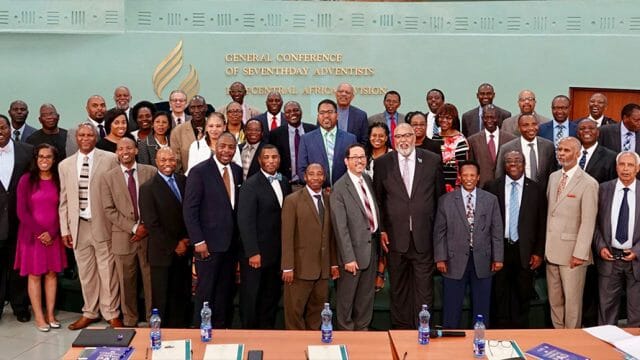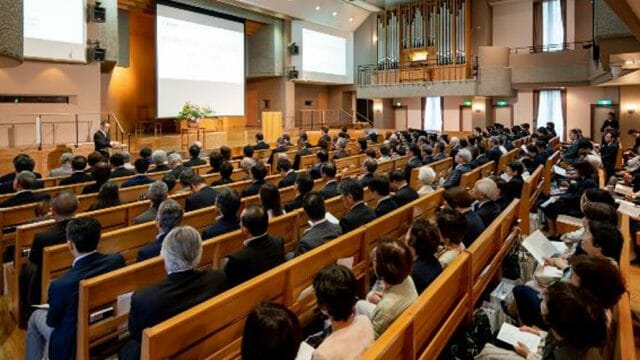What we cover, and how we cover it, matters significantly.

Someone once wrote: “In politics, the pen is at its heaviest because it is weighed down by the collective responsibility it holds toward its people and their future in the eyes of the world.”¹
The statement applies as much to the church as it does to politics. The weight that rests on those responsible for reporting the movement and development of the church is significant. And the weight borne by the church itself to empower responsible journalism within its gates is even greater.
The church, in our case the Seventh-day Adventist Church, has a responsibility—an ethical imperative—to accurately and consistently inform its members and communities, even when the news is less than positive. At the root of this calling is biblical integrity— the courage to acknowledge our shortcomings regardless of political consequences.
Yet within our faith community we sometimes shy away from, even discourage, the dissemination of news that would compromise our shiny organizational façade or challenge leaders’ interests.
There are, however, several compelling reasons we should reconsider such tendencies.
TRANSPARENCY IS THE NEW NORM
Around the world transparency is among society’s current core values. The shift is driven largely by the Millennial generation, now 24-39 years old. Most Millennials require— even demand—transparency from the organizations with which they engage. They grew up with the Web and social media, both of which offer copious amounts of information for analyzing and assessing just about anything. Organizations that don’t offer this level of disclosure are trusted less, or not at all.
One author writes, “It is clear that trust is the new currency of brand loyalty.”² Applying this to news, we can generally assume that if an organization is honest with bad news, “it is more likely to be trusted with good news.”³
BIAS IS THE GREAT TEMPTATION
Surveying the landscape of news outlets, it is apparent that secular news operations are increasingly comfortable with either an implied or overt ideological bias. While objectivity in journalism has always been far from perfect, in the past it was at least deemed worth the effort. Objectivity was the road to credibility. However, today’s trend of highly polarized news outlets unambiguously interweaving reporting with commentary is difficult to reconcile.
News outlets in the wider world of Adventism face the same temptation—to report from an angle. Re- port mainly controversial and negative news if you’re critical of the church; report mostly triumphalist news if you’re not. Bias engenders neither trust nor credibility. The church and its journalists ought to be above it.
THE BIBLE IS AN EXCELLENT MODEL
While the Bible isn’t typically viewed as a journalistic work, its authors nevertheless chronicled and reported on the journey of God’s people, beginning with Creation. A single reading confirms that these authors never shied away from giving a full and honest assessment of events.
The biblical record contains the sullied past of many patriarchs—for our benefit. Because of fair and honest accounts, we have both an accurate history of the church and many lessons from which to learn.
THE DEFAULT POSITION
In 2011 the Adventist Church released the document “Transparency and Accountability in Financial Reporting.” At its rollout, church administrators explained that the document’s principles transcended finances, and that transparency must be the default position of the Adventist Church in all arenas.
That was a step in the right direction, one that should certainly apply to the church’s commitment to keep its members informed through truly fair and balanced news.
¹ Aysha Taryam is editor of The Gulf Today, an English-language newspaper in the Middle East.
² Kira Karapetian, in Forbes, Aug. 8, 2017.
³ Glen Broom and Bey-Ling Sha, Effective Public Relations, 11th ed. (2013), p. 253.








